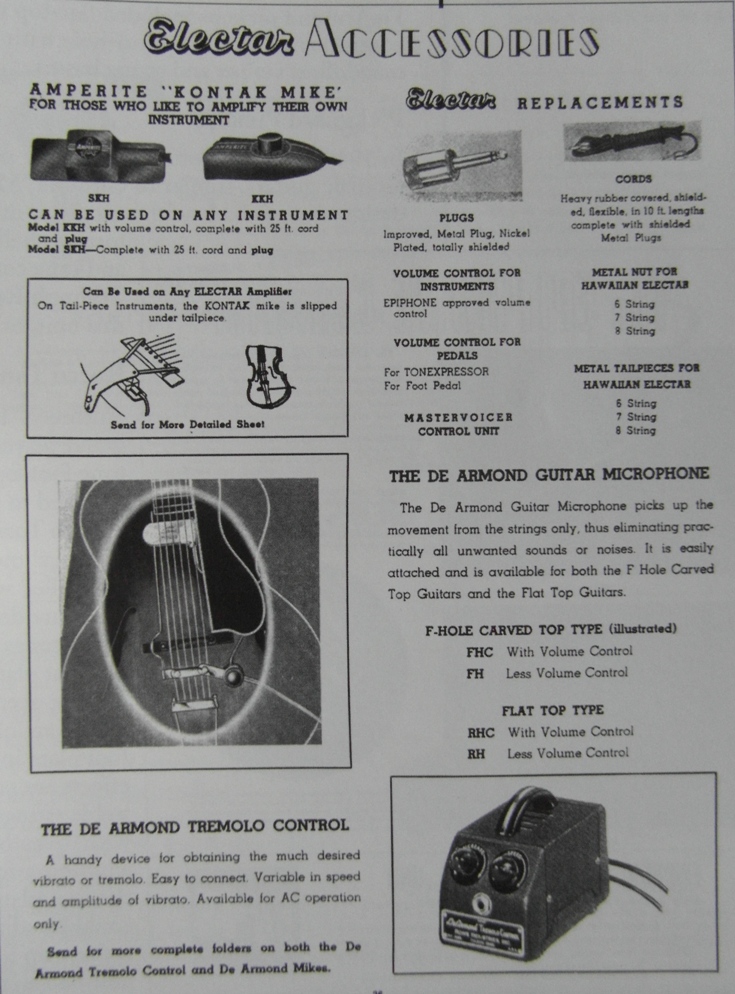
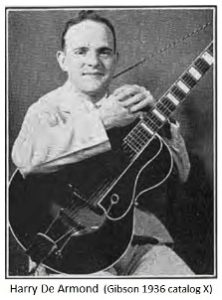 For their Electar electric guitars Epiphone advertised with Harry De Armonds attachable guitar pickups. (see picture below from the 1941 catalog)
For their Electar electric guitars Epiphone advertised with Harry De Armonds attachable guitar pickups. (see picture below from the 1941 catalog)
Harry De Armond (wiki) invented the first commercial attachable guitar pickup in the mid-1930s. He established a working relationship with Rowe Industries to manufacture and develop these items. They started with four models, two for flattop guitars (the RH and RHC) and two for archtop guitars (the FH and FHC with a volume control).
At the time this example was for sale, the patent had not yet been granted, thus still pending. See : Musicpickups
For info about pickups Epiphone used from 1935–’56, see Wiedler : Close-up #47 and Close-up #48
The FH type comprised a coil assembly, first in a plain chrome-plated brass cover, a single slot, then finally a two slotted cover fixed to a 1/8″ rod parallel to and slightly below the sixth (low “E”) string. De Armond called the rod a pressure rod, but players soon nicknamed it the monkey-on-a-stick  because of a resemblance to a popular child’s toy of the time. The rod passes through a small hole on the left side of the pickup, which lightly grips the rod. This rod clamps to the guitar strings behind the bridge. A half moon shape loop goes around the bridge continuing just short of the fingerboard. The pickup slides along the length of the rod, from bridge to neck, providing an infinite variation in tonality.
because of a resemblance to a popular child’s toy of the time. The rod passes through a small hole on the left side of the pickup, which lightly grips the rod. This rod clamps to the guitar strings behind the bridge. A half moon shape loop goes around the bridge continuing just short of the fingerboard. The pickup slides along the length of the rod, from bridge to neck, providing an infinite variation in tonality.
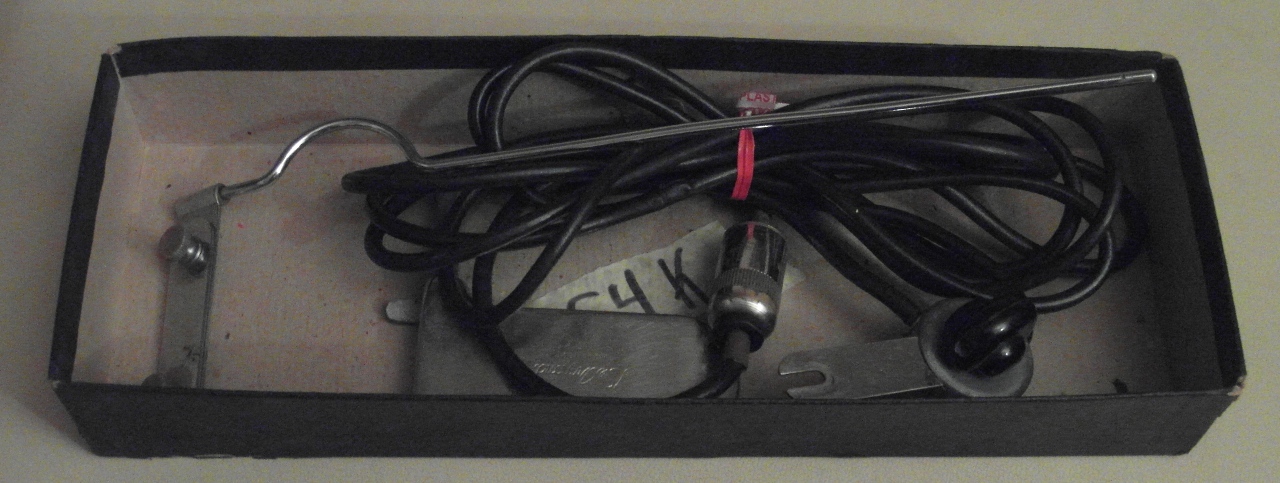
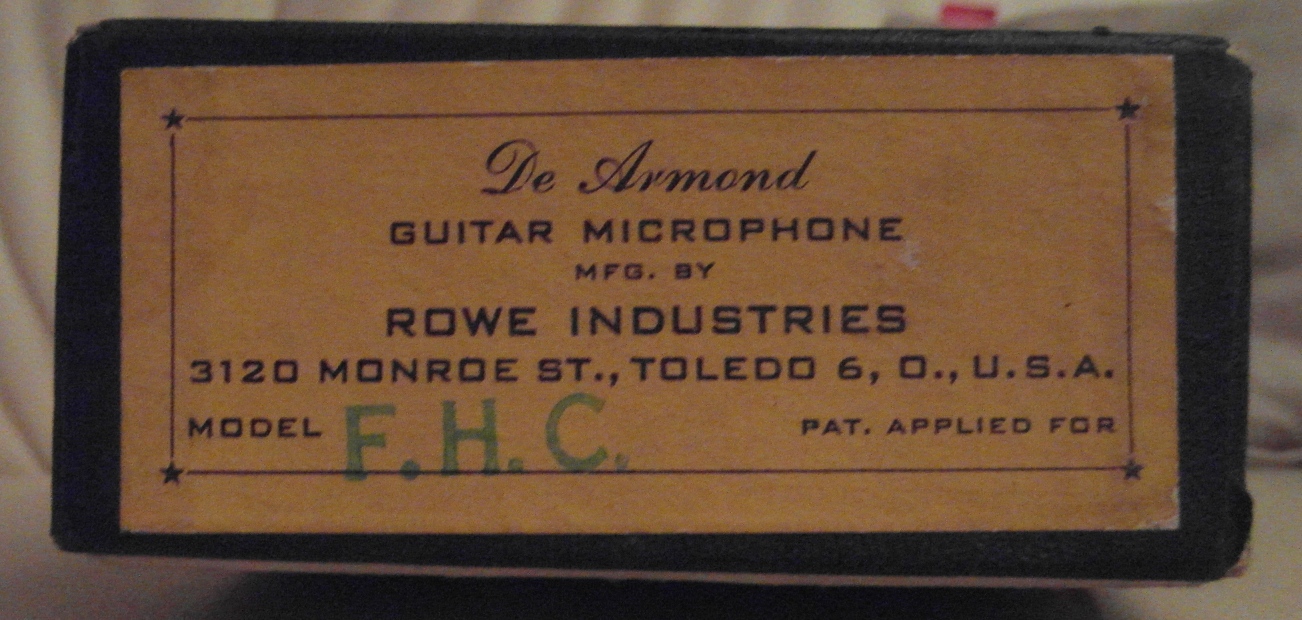
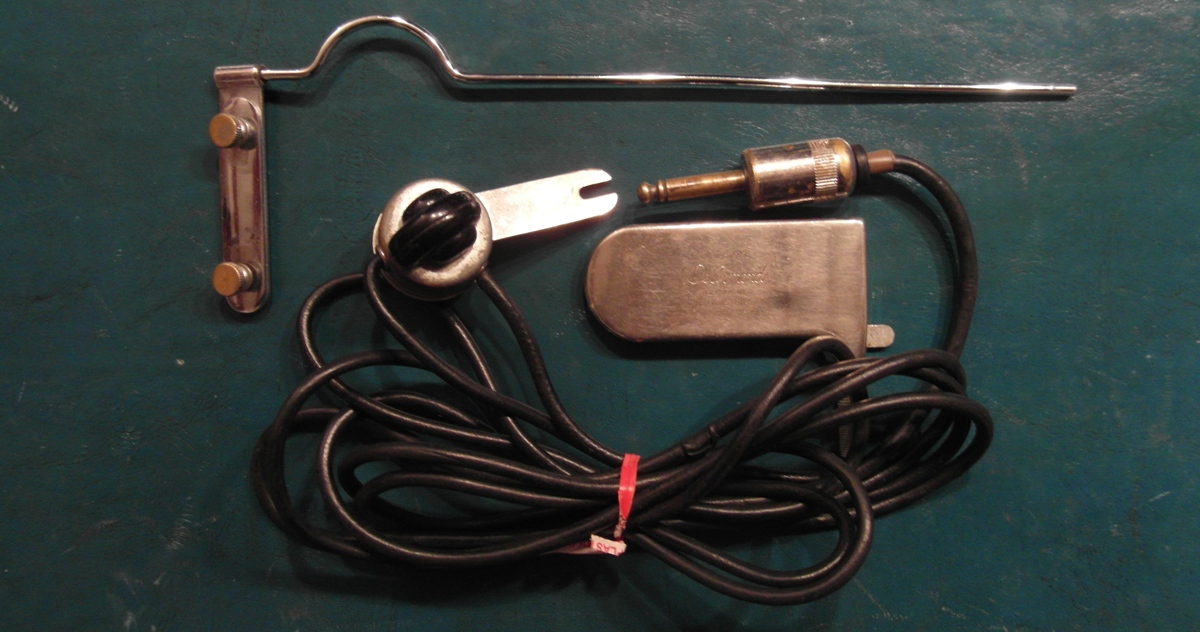
Epiphone catalog 1941, page 36
